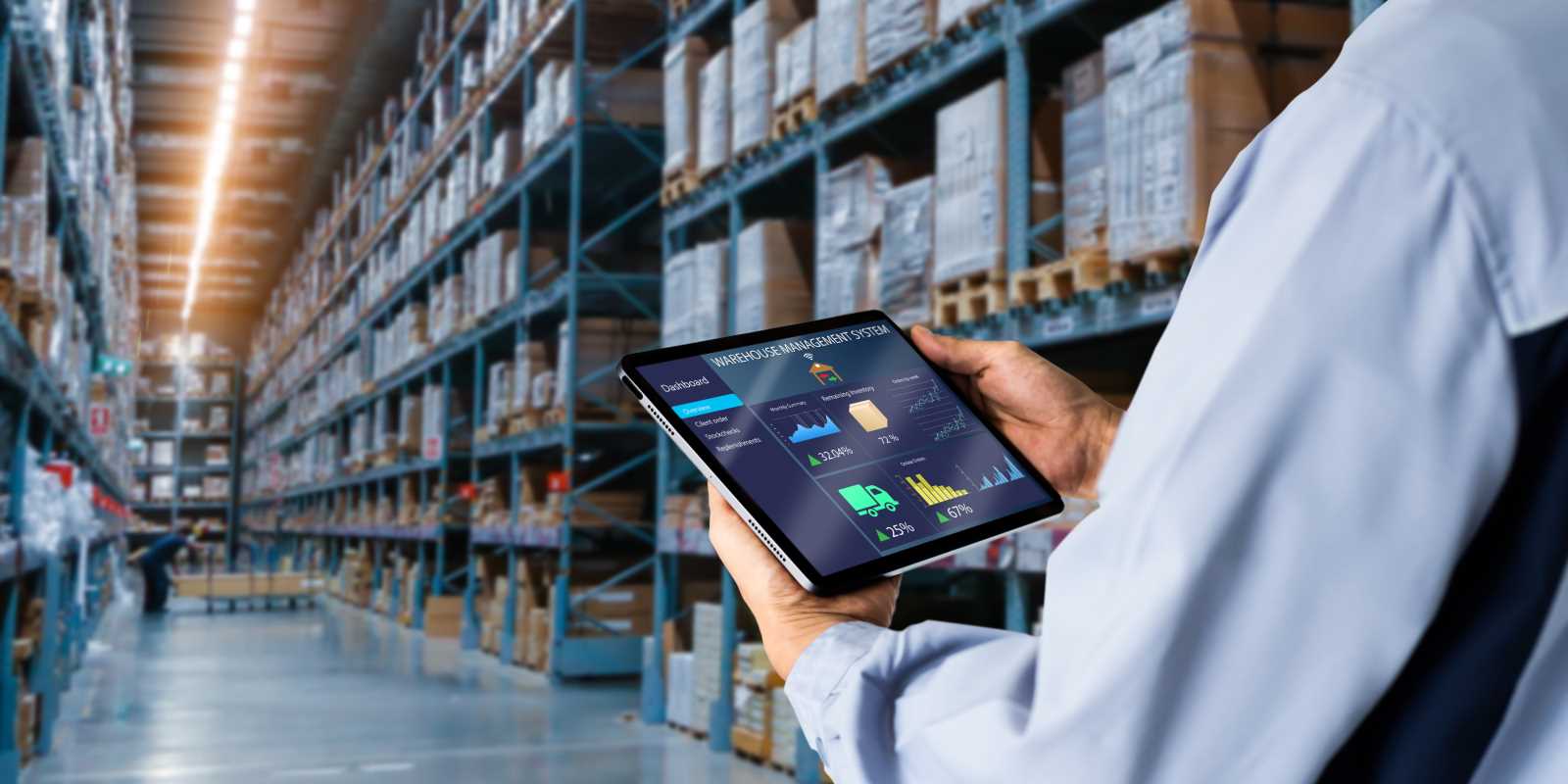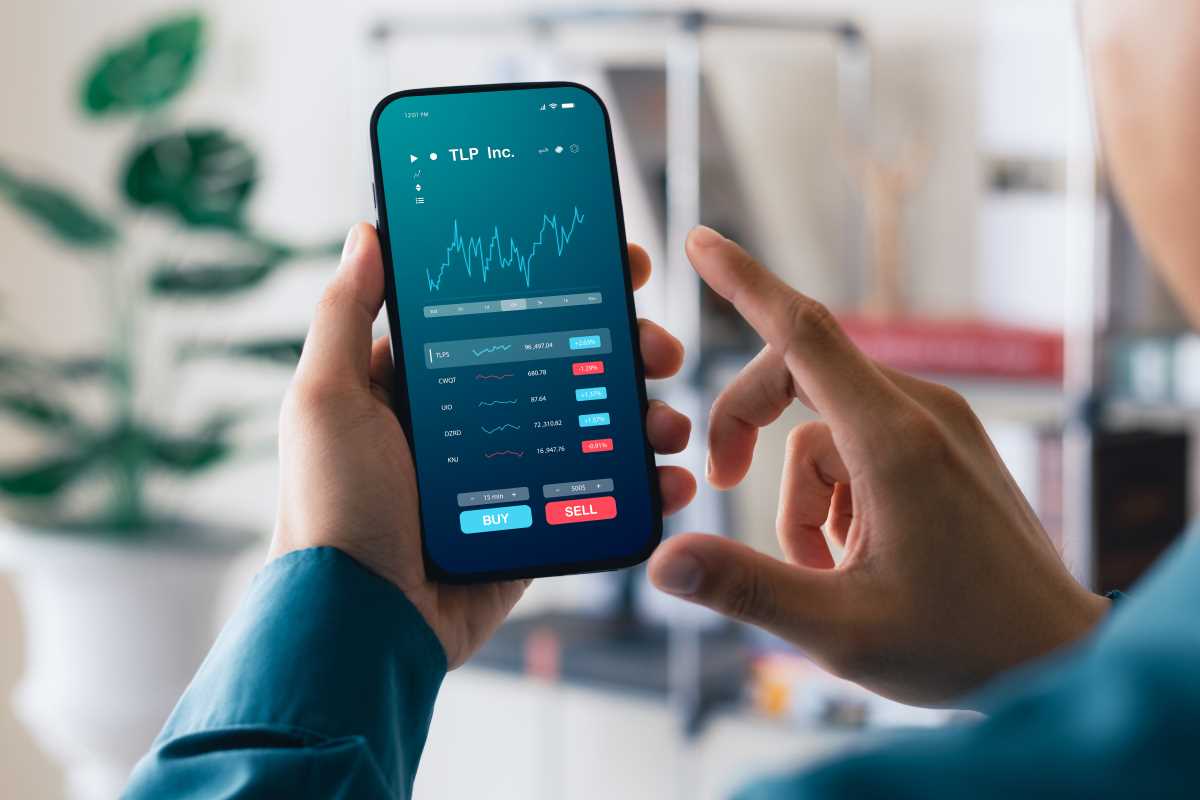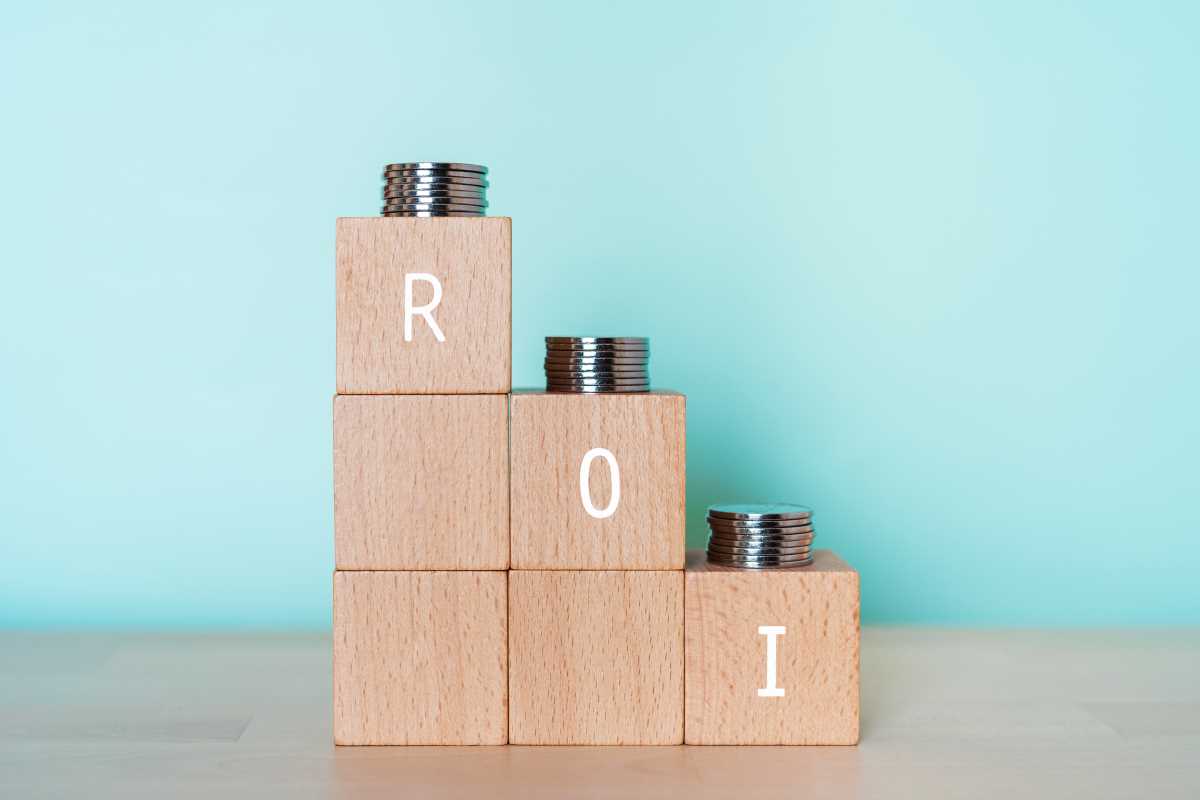Thinking about "going green" might bring to mind images of saving the planet, but what about saving your business money? Building your business model around sustainability is more than just a nice idea—it is one of the smartest financial decisions you can make. It’s a powerful strategy that can cut costs, attract loyal customers, and open up exciting new opportunities for growth.
Making sustainability a core part of your business isn't just about feeling good; it's about doing well. When you operate with the planet and people in mind, you create a more resilient and profitable company. Let's break down how you can start this journey and unlock a strong return on investment (ROI) that benefits both your bottom line and the world around you.
How Sustainability Pays You Back
Integrating sustainable practices is a direct investment in your company's future success. This approach delivers tangible financial benefits that can give you a real competitive advantage.
Lower Costs Through Efficiency
One of the quickest wins from sustainability is cost savings. When you focus on using fewer resources, you naturally spend less money. Simple changes like switching to energy-efficient LED lighting, reducing water usage, and minimizing waste can lead to significant reductions in your utility and supply bills.
Think of it as trimming the fat from your operations. Every kilowatt of electricity saved or piece of paper not printed is money that goes straight back into your business. These efficiencies add up over time, boosting your profitability without requiring you to sell a single extra product.
Attract and Retain Loyal Customers
Today’s consumers are more conscious than ever about where they spend their money. They actively seek out and support brands that align with their values. By demonstrating a genuine commitment to sustainability, you can build a powerful emotional connection with your customers.
This connection fosters deep loyalty that goes beyond price or convenience. When customers believe in your mission, they are more likely to choose you over competitors, recommend you to others, and stick with you for the long term. This loyal customer base is a priceless asset for any business.
Access New Markets and Opportunities
A focus on sustainability can open doors to new markets and revenue streams. For example, some government contracts and corporate purchasing programs give preference to suppliers with strong environmental credentials. Investors are also increasingly channeling funds into companies with high Environmental, Social, and Governance (ESG) scores, seeing them as safer long-term bets.
Furthermore, innovating around sustainability can lead to entirely new products or services. Whether it's developing eco-friendly packaging or offering a repair service for your products, these initiatives can attract a new segment of environmentally-conscious customers.
Companies Cashing In on Sustainability
Many forward-thinking businesses have already proven that sustainability and profitability go hand in hand. Their success stories offer a clear blueprint for what’s possible.
- Patagonia: The outdoor clothing company has built its entire brand around environmental stewardship. It uses recycled materials, encourages customers to repair rather than replace gear, and donates 1% of its sales to environmental causes. This unwavering commitment has created a fiercely loyal customer base that sees buying a Patagonia jacket as an investment in a cause they believe in. The result is a billion-dollar brand that continues to grow while championing its mission.
- Interface: A global leader in modular carpet tiles, Interface has been a pioneer in corporate sustainability for decades. In the 1990s, the company set a bold goal: to have zero negative impact on the environment by 2020. This mission drove incredible innovation, such as creating a process to recycle old carpet into new and developing carbon-negative products. This focus on sustainability not only reduced waste and costs but also became the company's biggest competitive differentiator.
- Unilever: The consumer goods giant behind brands like Dove and Ben & Jerry's has made sustainability central to its growth strategy. Through its Sustainable Living Plan, Unilever has focused on reducing its environmental footprint while improving the health and well-being of its customers. This has led to innovations in packaging, sourcing, and product formulation. The company has found that its brands with a clear purpose are growing significantly faster than the rest of its portfolio, proving that doing good is good for business.
Your Action Plan for a Sustainable Future
Ready to start building a more sustainable and profitable business? You can begin today with these clear, manageable steps.
1. Conduct a Sustainability Audit
You can't improve what you don't measure. The first step is to understand your current impact. A sustainability audit involves reviewing your operations to see where you are using the most resources.
- Action Step: Start by looking at your utility bills (electricity, water, gas) and your waste disposal costs. Track your energy consumption, water usage, and the amount of trash you generate. This data will give you a baseline and help you identify the biggest opportunities for improvement.
2. Set Clear and Measurable Goals
Once you know your starting point, you can set specific goals for improvement. Vague ambitions like "be more green" are hard to act on. Concrete targets give you something to work toward.
- Action Step: Set SMART goals (Specific, Measurable, Achievable, Relevant, Time-bound). For example, you could aim to "reduce electricity consumption by 15% within one year" or "divert 50% of office waste from the landfill within six months." These clear targets will keep your team focused and motivated.
3. Engage Your Stakeholders
Your sustainability journey will be much more successful if you get everyone on board. This includes your employees, customers, and suppliers.
- Action Step: Form a "green team" of passionate employees to lead sustainability initiatives. Ask your customers for their ideas and feedback through surveys or suggestion boxes. Talk to your suppliers about their own sustainability practices and explore ways you can collaborate to reduce the environmental impact of your supply chain.
4. Start with Low-Hanging Fruit
You don't have to overhaul your entire business overnight. Start with simple, low-cost changes that can deliver quick wins. These early successes will build momentum and show the value of your efforts.
- Action Step: Easy starting points include switching to 100% recycled paper, setting up a comprehensive recycling program in the office, or replacing old light bulbs with energy-efficient LEDs. These small steps can lead to immediate cost savings and get everyone excited about what's next.
5. Tell Your Story
Don't be shy about your sustainability efforts. Sharing your journey with your customers and community can build goodwill and strengthen your brand.
- Action Step: Use your website, social media, and email newsletters to talk about your sustainability goals and your progress. Be honest and transparent about your challenges and successes. This authenticity will resonate with your audience and build trust.







